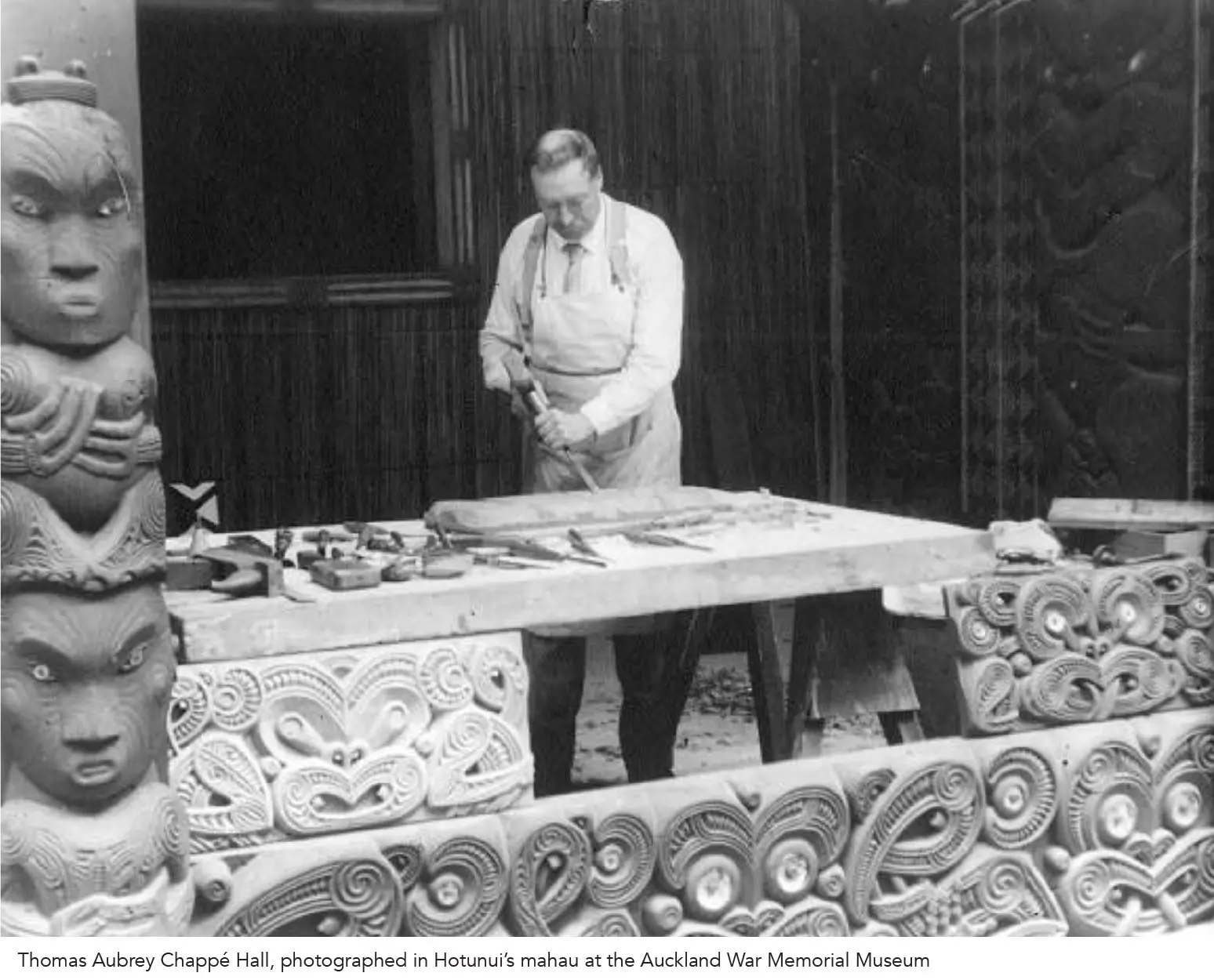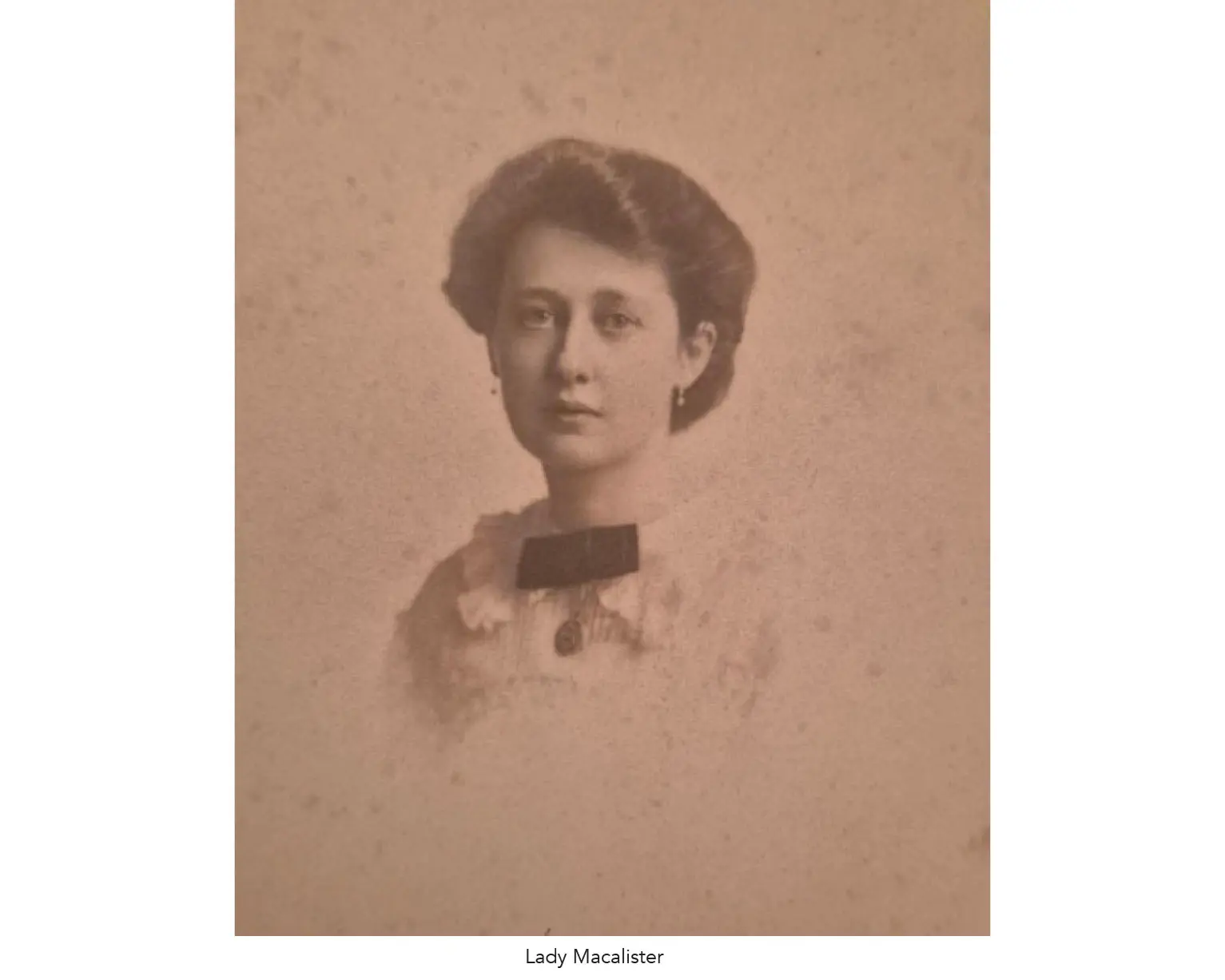Māori & Pacific Art - Live Thursday, 13 November 2025 / 4:00 pm start
This sale to feature collections from: George Emery Estate (1923 - 2005) George Emery grew up in Hawkes Bay, and as a child showed a strong interest in te ao Māori . He was given his first adze when he was 5 years old, sparking an interest that continued for the next 70+ years. He added to his collection through auctions, particularly those in Dunedin, through until the mid 1960’s. In 1965 when travelling in England he was able to purchase two fine patu onewa and bring them back to New Zealand. His collection was expanded considerably in the early 1970’s when George purchased the collection of Mr R Kay of Littlebourne, Dunedin. Lady Macalister Estate (1883 - 1961) Lady Macalister was born Katherine Featherston FitzGerald in 1883. Her grandparents were two of early colonial New Zealand’s leading politicians. Katherine’s father, a Wellington lawyer who co-founded the firm that evolved into Chapman Tripp, died when she was five years old and so she and her younger sister and brother were raised by their mother and extended family. She was remembered as a young woman ahead of her time, and a person who knew her own mind. She took woodwork classes, worked in the Public Trust Office, where she met Robert Macalister, a young lawyer, and, after World War I married him. What spurred her interest in collecting Maori taonga is largely unknown. Her descendants even recall that the collection was formerly much larger than survives today. While her husband undertook various roles in public life, including as Mayor of Wellington, Lady Macalister tended to stay in the background, and to avoid public speaking. She and her husband were active supporters of early conservation and what at the time was called ‘beautification’ work. Her efforts in this area were recognised with the naming of a garden in her memory at the foot of Wadestown hill following her death in 1961. Thomas Aubrey Chappé Hall Estate (1873 – 1958): Arriving from England in 1895, Hall settled in the Whanganui River region and soon became engrossed in the world of Maori art and carving. Hori Pukehika, celebrated Te Ati Haunui-a- Paparangi carver, took Hall under his wing and taught him traditional Maori carving whilst travelling from camp to camp along the Whanganui River. From 1899 Hall moved around the country, settling in Auckland in 1913. Gilbert Archey recognized Hall’s talent, and he was commissioned in 1928 to renovate the wharenui Hotunui at the Auckland War Memorial Museum. After the successful restoration, Hall was commissioned to restore the whare whakairo Mataatua at the Otago Museum, including tukutuku panel work as well as restoring a waka taua. Given Hall’s high reputation, other commissions around the country soon followed. As well as his many institutional commissions and restoration work Hall used traditional whakairo motifs and patterns to decorate smaller domestic items in what has been described as the East Coast Style. Of note is the Tūru whakairo (Edwardian carved chair) held at Te Papa. Due to the loss of dexterity, he stopped carving in 1951 and passed away in 1958. He bequeathed his carving tools to Ngati Porou carver Pineamine Taiapa, who wrote of Hall, “It is with deep regret to know that my friend, Apanui Ringamatu, as I fondly call him, has passed away and has joined in mythical Hawaikinui those great masters of New Zealand art, whose dexterity of hand, mind and artistic flair, both of us so minutely studied, copied and faithfully reproduced. Maori art has lost a great Pakeha, New Zealand also, a valuable member, who has contributed to a part of that great reconstruction of the story of the Māori, his artistry. Enquiries Dunbar Sloane info@dunbarsloane.co.nz Ph: (09) 377 5820 PROTECTED OBJECTS ACT 1975 Please note that many of the pieces of this catalogue have been registered under the Protected Objects Act, this is referred to as Y registration. Under the terms of this act items that are Y registered may not be sold to non New Zealand residents and may not leave the country without the consent of the Ministry of Culture and Heritage. To purchase any Y registered item you must be a registered collector. To register as a collector you must apply to the Ministry of Culture and Heritage (info@mch.govt.nz). Y number pending items must be paid for as usual. The items will then be taken to Te Papa for assessment.
 MaoriPacificLiveCatalogue.pdf (154 kb)
MaoriPacificLiveCatalogue.pdf (154 kb)


